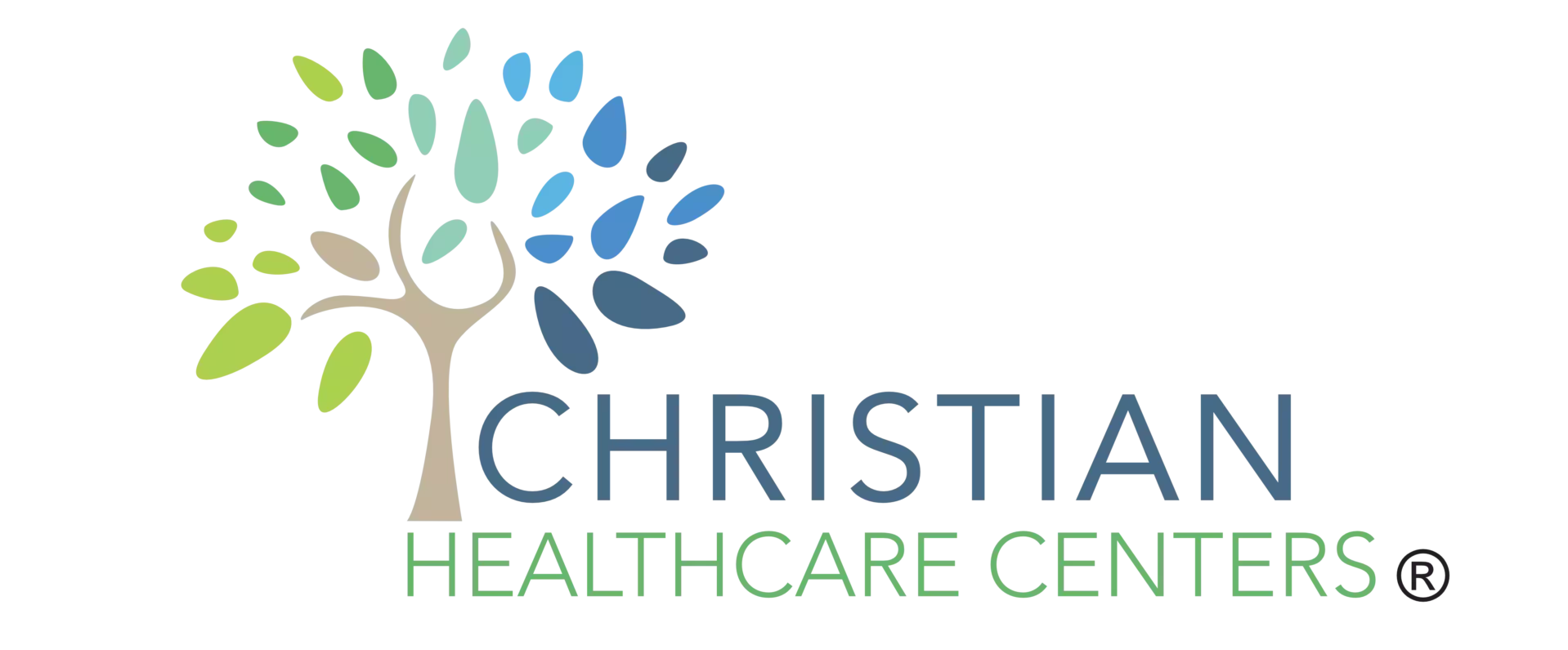In today’s fast-paced world, where time is both a luxury and a scarcity, the need for prompt and accessible healthcare has become increasingly crucial.
Imagine a scenario where you are in need of immediate medical attention, but are faced with long waiting times and limited availability of primary care physicians.
How can this issue be addressed? In this discussion, we will explore various strategies and solutions to boost physician access in primary care practices, ultimately aiming to provide timely and efficient healthcare services to patients like you.
Streamlining Appointment Scheduling
Streamlining appointment scheduling in primary care practices can greatly improve efficiency and patient satisfaction. By automating reminders and reducing no-shows, you can ensure that patients are receiving the care they need in a timely manner.
One way to streamline appointment scheduling is by implementing automated reminders. These reminders can be sent via text message or email, reminding patients of their upcoming appointments and reducing the likelihood of forgetfulness or scheduling conflicts. By automating this process, you can free up staff time and resources that would have otherwise been spent on making reminder phone calls.
Another key aspect of streamlining appointment scheduling is reducing no-shows. No-shows can disrupt the flow of the clinic, leading to longer wait times and decreased patient satisfaction. Implementing measures such as appointment confirmations and reminders can significantly reduce the incidence of no-shows. By using automated systems to send these reminders, you can ensure that patients are aware of their appointments and are more likely to attend.
Not only does streamlining appointment scheduling benefit the practice in terms of efficiency, but it also improves patient satisfaction. By automating reminders and reducing no-shows, you’re demonstrating that you value your patients’ time and are committed to providing them with the best care possible. This can lead to increased patient loyalty and positive word-of-mouth referrals, ultimately contributing to the growth and success of the practice.
Utilizing Technology for Virtual Consultations
To enhance access to physicians in primary care practices, consider utilizing technology for virtual consultations.
Virtual consultations, also known as telemedicine, offer a range of benefits that can greatly improve your healthcare experience. With virtual consultations, you can receive medical advice, diagnosis, and treatment without having to visit a doctor’s office physically. This means you can access healthcare services remotely, saving you time and money and reducing the hassle of commuting to a clinic.
One of the key benefits of virtual consultations is convenience. You can schedule a virtual appointment at a time that works best for you, without having to rearrange your schedule or take time off work. This flexibility allows you to receive the care you need without disrupting your daily routine.
Additionally, virtual consultations can be particularly beneficial for individuals who live in rural or remote areas where access to healthcare services may be limited. With telemedicine, you can connect with a qualified physician regardless of your geographical location. This is especially important for individuals with chronic conditions who require regular follow-ups and monitoring.
Furthermore, virtual consultations can also help reduce healthcare costs. By eliminating the need for in-person visits, you can save money on transportation and parking fees. Moreover, virtual consultations are often more affordable than traditional appointments, making healthcare more accessible for individuals with limited financial means.
Implementing Open Access Scheduling
Consider implementing open-access scheduling to improve physician access in primary care practices. Open access scheduling is a system that allows patients to get same-day appointments or appointments within a short time frame. By implementing this scheduling system, you can’t only increase patient satisfaction but also reduce wait times, leading to a more efficient and effective healthcare experience.
Here are five reasons why open-access scheduling can benefit your practice:
Improved patient satisfaction: Open access scheduling allows patients to schedule appointments when they need them, giving them a sense of control over their healthcare. This can lead to higher patient satisfaction and a stronger sense of belonging to your practice.
Reduced wait times: With open access scheduling, patients no longer have to wait weeks or even months for an appointment. They can get the care they need in a timely manner, reducing their wait times and increasing their overall satisfaction.
Better continuity of care: Open access scheduling allows for more flexibility in scheduling follow-up appointments, ensuring that patients can see their primary care physician when necessary. This improves continuity of care and strengthens the patient-physician relationship.
Increased practice efficiency: By implementing open-access scheduling, you can optimize your practice’s workflow and reduce gaps in the schedule. This leads to increased efficiency and productivity, allowing you to see more patients and provide better care.
Enhanced patient engagement: Open access scheduling encourages patients to be proactive about their healthcare. It empowers them to seek care when needed and fosters a sense of belonging to your practice, ultimately leading to improved patient engagement and better health outcomes.
Offering Extended Office Hours
Open access scheduling can be further complemented by offering extended office hours to provide even more convenience and accessibility for patients. By extending your office hours, you can ensure that patients have more opportunities to schedule appointments that fit their busy lives. This can be especially beneficial for those who work during regular business hours or have other commitments that make it difficult to visit the doctor during the day.
Extended office hours also allow for greater flexibility in terms of scheduling and accommodating urgent cases. Sometimes patients may need to see a doctor outside of regular office hours due to unexpected illnesses or injuries. By offering extended hours, you can better meet these immediate healthcare needs and ensure that patients receive the care they require in a timely manner.
In addition to extended hours, it’s also important to consider incorporating telemedicine options into your practice. Telemedicine allows patients to have virtual appointments with their healthcare providers, eliminating the need for them to physically come into the office. This can be particularly useful for follow-up appointments, minor illnesses, or medication management. By offering telemedicine options, you can further increase accessibility for patients who may have difficulty traveling to your office.
Furthermore, walk-in appointments can be another valuable addition to your extended office hours. By allowing patients to walk in without a scheduled appointment, you can accommodate those who need immediate attention or have unforeseen medical concerns. This can be especially beneficial for patients who are unable to plan ahead or have sudden health issues that require immediate attention.
Enhancing Communication Channels
One effective way to improve physician access in primary care practices is by enhancing communication channels. By improving patient engagement and optimizing communication tools, primary care practices can create a sense of belonging and improve the overall patient experience.
Here are five ways to enhance communication channels:
Implement online appointment scheduling: By providing patients with the ability to schedule appointments online, it becomes easier for them to access care and book appointments at their convenience.
Use secure messaging platforms: Utilizing secure messaging platforms allows patients to communicate with their healthcare providers outside of office visits. This enhances the patient-provider relationship and allows for timely communication of non-urgent concerns.
Offer telehealth services: Telehealth services provide patients with the option to have virtual appointments, eliminating the need for in-person visits for certain conditions. This improves access to care, particularly for patients who may have difficulty traveling or live in remote areas.
Provide patient portals: Patient portals allow patients to access their medical records, view test results, and communicate with their healthcare team. This empowers patients to take an active role in their healthcare and encourages engagement with their primary care practice.
Use automated appointment reminders: Primary care practices can reduce no-show rates and improve scheduling efficiency by sending automated appointment reminders via text or email. Patients are more likely to attend appointments when they receive timely reminders.
Improving Physician Availability During Emergencies
During emergencies, ensuring the availability of physicians becomes crucial in maintaining the continuity of care and addressing urgent medical needs. When faced with an emergency situation, you want to be confident that there will be a physician readily available to provide the necessary care and support.
To improve physician availability during emergencies, primary care practices can focus on improving triage protocols and optimizing resource allocation.
One way to improve triage protocols is by implementing a standardized system that helps prioritize patients based on the severity of their condition. By utilizing a standardized triage protocol, primary care practices can ensure that patients with the most urgent medical needs receive immediate attention from physicians. This not only helps in providing timely care but also helps in efficiently allocating resources, ensuring that physicians are available where they’re most needed.
Another aspect to consider is optimizing resource allocation. During emergencies, it’s important to have a clear understanding of the available resources and how they can be best utilized. By regularly reviewing and updating resource allocation plans, primary care practices can ensure that physicians are deployed effectively. This includes having a well-defined plan for mobilizing physicians to emergency locations or establishing telemedicine systems to provide remote assistance when physical presence isn’t possible.
Recap
By streamlining appointment scheduling and utilizing technology for virtual consultations, primary care practices can boost physician access. Implementing open access scheduling, offering extended office hours, and enhancing communication channels are additional strategies to improve access. Lastly, improving physician availability during emergencies is crucial.
Imagine a world where getting an appointment is quick and easy; you can have a virtual consultation from the comfort of your own home, and your doctor is available when you need them most. This vision can become a reality with these strategies in place.


